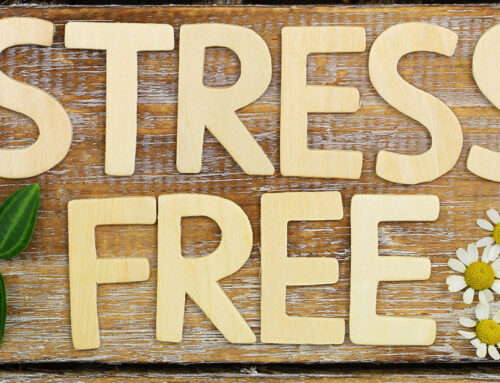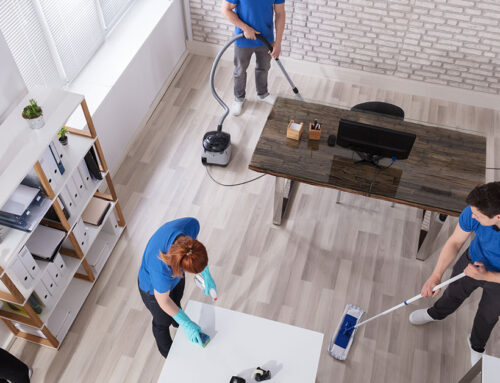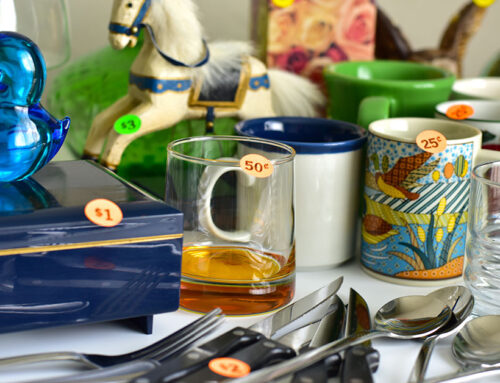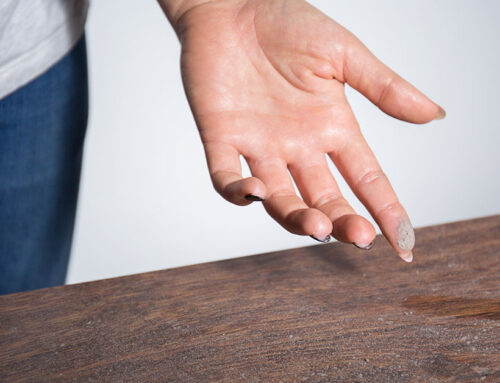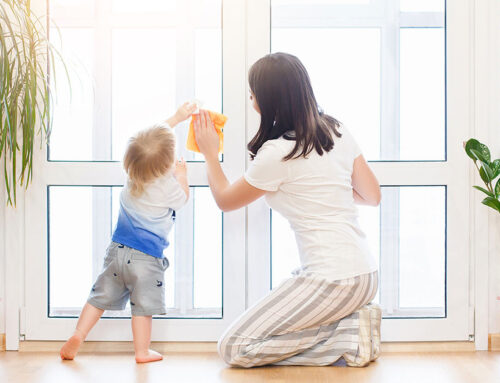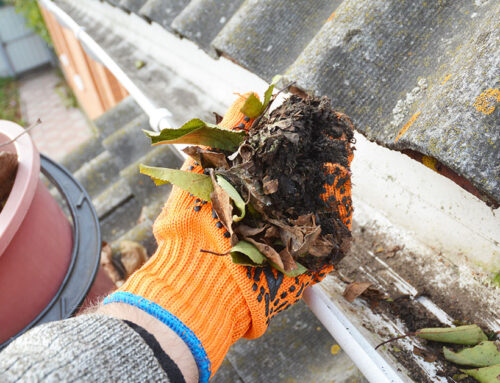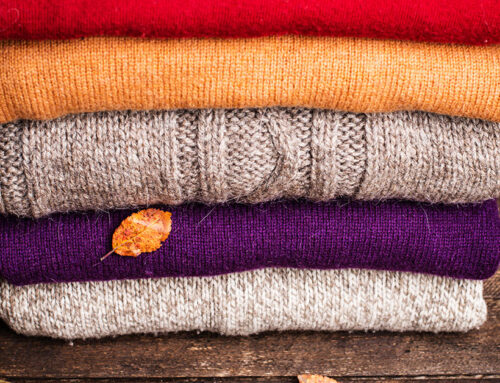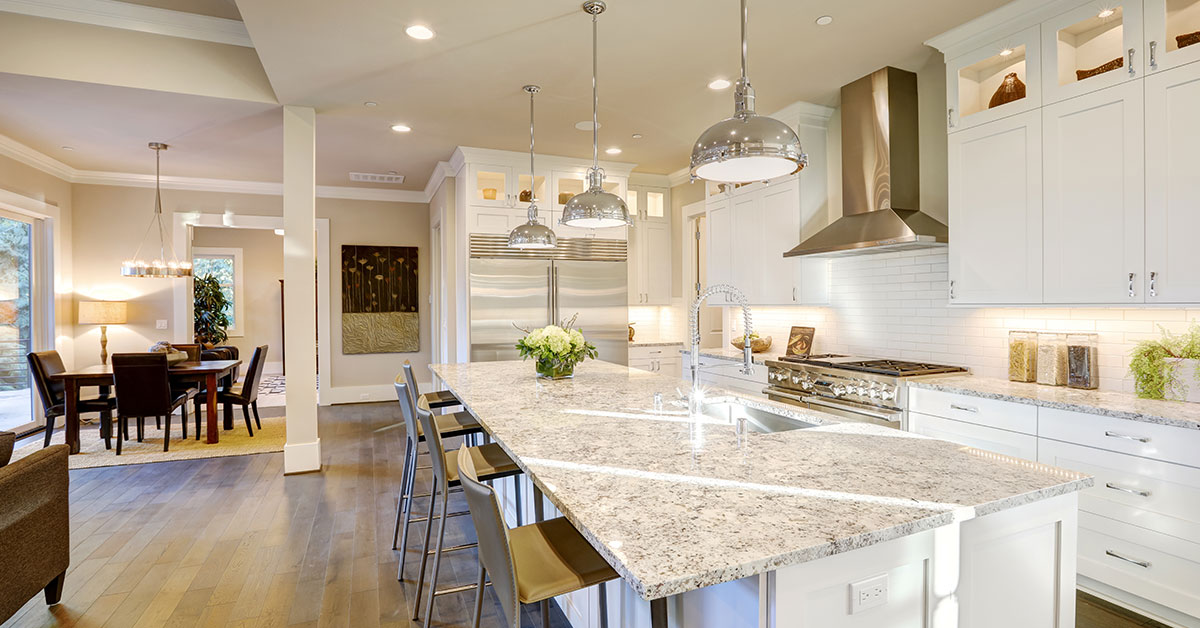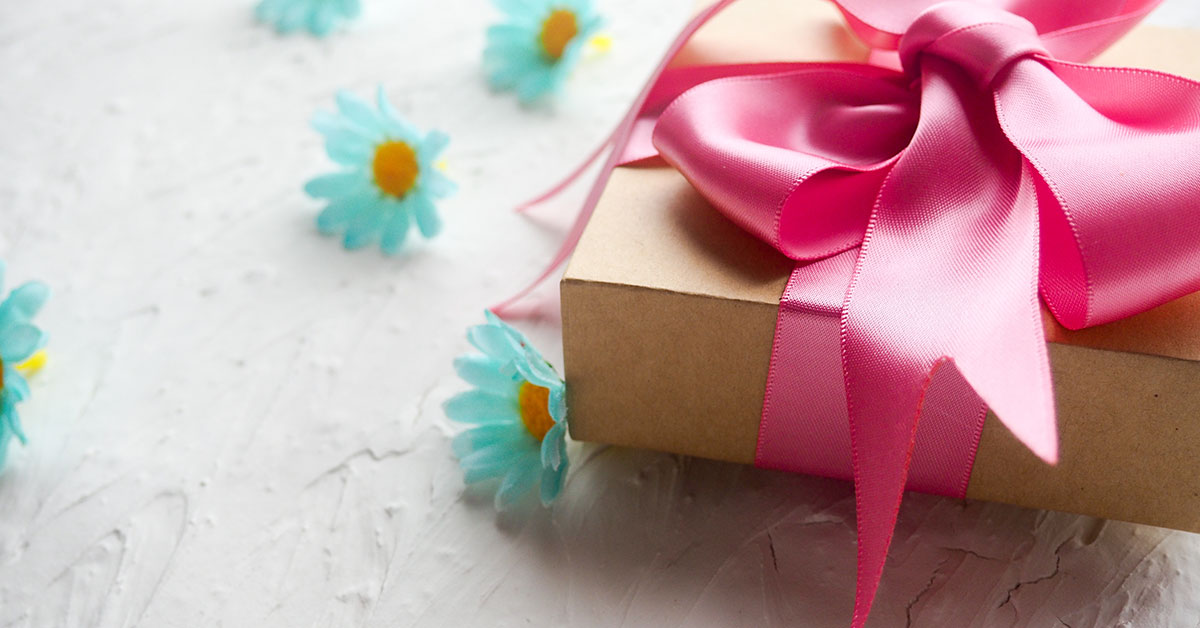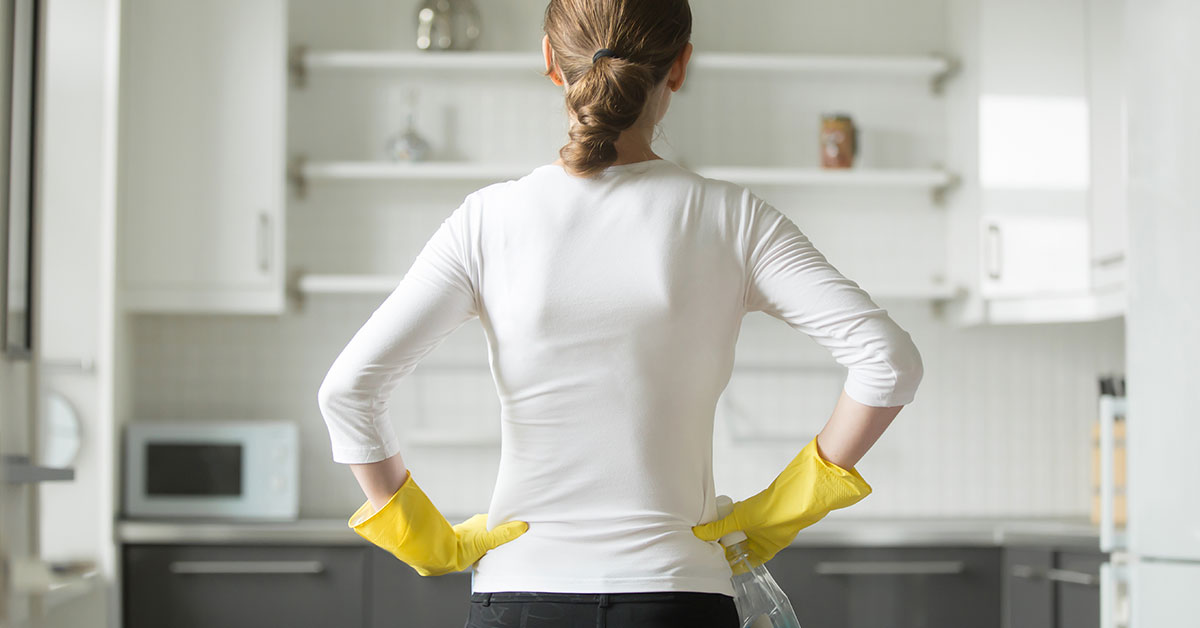
4 Must-Clean Areas to Get Your Deposit Back
[wpsummarize]
There are a lot of pluses to renting an apartment, condo, or home. If the pipes burst or the furnace breaks down, your property owner usually pays for the expense. If you need a change of scenery, you don’t have to go through the hassle of putting a house on the market-you can simply decide not to sign next year’s lease. Best of all, renting is often cheaper than owning.
When it comes to deposits, though, renters often feel frustrated. Even if you scrub your apartment from top to bottom, you might still lose most of your deposit to cleaning fees. Since moving involves its own expenses, from renting the moving van to putting down a deposit on your new apartment, this financial hit couldn’t come at a worse time.
If you’re tired of this trend, read our blog below. While we can’t account for all of your property manager’s concerns, we can point you towards some of the areas renters frequently forget to clean, which can win you back some much-needed cash.
1. Refrigerator
Since your fridge never stops running, it attracts a lot of grease, dirt, and stains. To get your fridge up to par, you’ll need to unplug it, then scoot it away from the wall. Grease, dirt, and mold can build up behind the fridge, so you’ll want to scour the wall clean to avoid any future structural damage.
Next, scrub the patch of floor that the fridge usually rests on-food that gets swept beneath the fridge can rot and create pest problems for the apartment’s future renters.
While you have the fridge pulled out from the wall, clean the sides. Don’t forget to scrub the fridge’s top, since dust accumulates there and forms a thick, sticky matte. Then, once you scoot your fridge back into the wall and plug it in, you can focus on the interior. Use a warm solution of ¼ c baking soda to a gallon of water to clean the shelves, walls, and crispers. Be sure to rinse thoroughly and dry the interior so as not to leave any streaks.
2.Oven
If you have a self-cleaning oven, the cleaning process is simple-just run the self-cleaning cycle. If your oven doesn’t have this cycle, cleaning it will take a bit more time and a lot more elbow grease.
After months or years of use, your oven has probably accumulated more than a few grease stains. You can purchase oven cleaner to apply to these stains, but since oven cleaner is very abrasive, you’ll want to wear a face covering and thick rubber gloves while you use the spray. Make sure you allow air to circulate in your kitchen while you clean.
If you’d rather not use harsh oven-cleaning chemicals, use baking soda instead. Add just enough water to the soda to make a thick paste.
Remove your oven’s racks, then spread this paste on any grease buildups. Try not to drip any on the heating coil. For best results, leave your baking soda solution alone for 12 to 24 hours, then rinse it off with warm, soapy water.
While you wait for the baking soda to work, fill your tub with hot water. Place old towels at the bottom of the tub so you don’t scratch it, then set your oven’s racks on top. Add half a cup of dishwashing soap, then let the oven racks soak for at least four hours.
3.Shower/Tub
If your apartment or rental home doesn’t have a water softener, calcium deposits have probably accumulated on the tub or shower’s sides. These hard-water deposits are notoriously hard to remove. Try the following methods to get rid of yours:
- Start by filling a spray bottle with one part warm water to one part vinegar. Spray this on your tub’s hard-water deposits, let the mixture sit for a few minutes, then scrub.
- If this process doesn’t make a dent on the stains, move on to baking soda. Mix enough water with baking soda to make a thick paste, then spread it over your calcium deposits. Let this paste sit for at least 15 minutes, then scrub the stain and rinse the paste off with water.
4.Baseboards
It’s easy to overlook baseboards simply because they’re so close to the floor. Even if you vacuum, sweep, and mop, you might neglect these dusty fixtures. For a thorough clean, follow these steps:
- Use your vacuum’s brush attachment to remove the top coating of dust.
- Use warm, soapy water or a vinegar solution and a clean, soft cloth to remove grease, grime, and other stains.
- To clean hard-to-reach areas, dip a cotton ball or cotton swab in your cleaning solution, then apply it to the stain.
- Go over the baseboards with warm water one more time if necessary.
Depending on your home’s size, this task can take a few hours or more, but it goes a long way towards improving an entire room’s look and cleanliness.
As you clean your house before the move, don’t forget these four often-overlooked areas. If you don’t have the time or would rather devote your time and energy to packing and moving, call McMaid Home Services at (847) Got-Dust or (630) We-Clean and let them do it for you. They’ll take care of each of these important areas so you don’t have to worry about them.
Share this article
A quick overview of the topics covered in this article.


